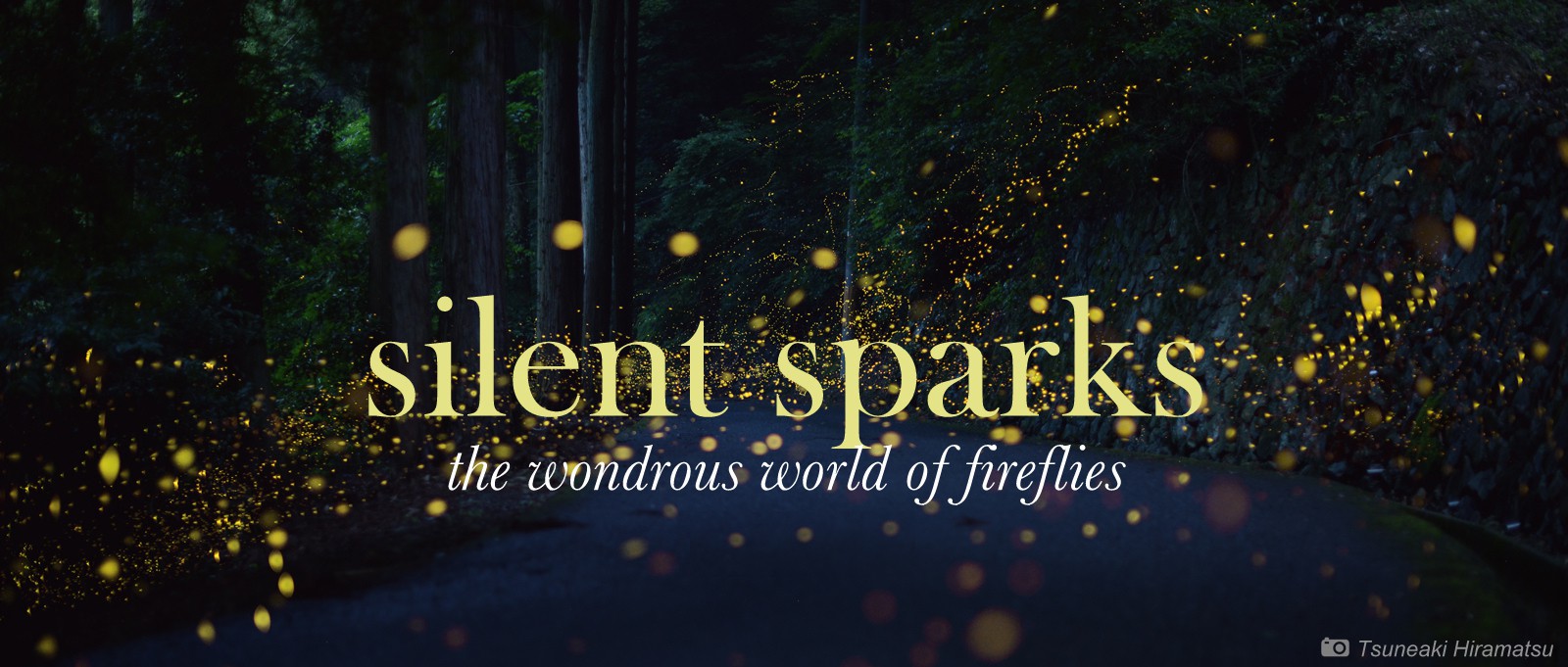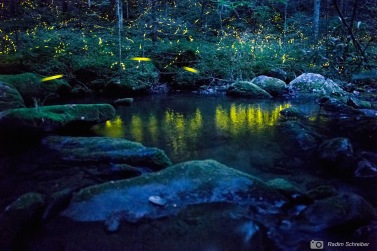For the most part, my friends politely tolerate my firefly obsession. Some even share it, for which I feel quite fortunate. But I am eternally grateful to one particular friend and kindred spirit, Hiromi Hirata. Smart, beautiful, and energetic, she has guided, accompanied, and translated for me as I’ve tried to learn about Japanese fireflies.
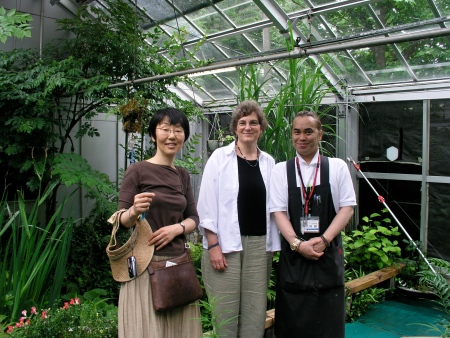
Visiting Tokyo’s Firefly Breeding Institute with my dear friend Hiromi Hirata and the director, Dr. Norio Abe
Some years ago, Hiromi brought me to visit Tokyo’s Institute for Ecosystem & Firefly Breeding, a nondescript building hidden away in Itabashi-ku. There we met the crazed yet charming director, Dr. Noria Abe, who spends months patiently raising thousands of Genji fireflies through their entire life cycle. When they finally become adults, Abe-san releases his newly-hatched fireflies into a greenhouse where he’s constructed a complete indoor firefly habitat (really, a stream runs through it). Every June, for just a few nights, he opens wide the Institute’s door and invites the public to come experience the spectacular lightshow.

The indoor light show in Itabashi-ward (photo by Norio Abe)
And Hiromi brought me to see the Insectarium at Tokyo’s Tamu Zoo. There, I got to see first-hand how enthusiastically Japanese kids embrace insects!

these kids had a blast cricket-climbing…

…while I was impressed by the stag beetle mosaic
One May we traveled together to Moriyama, a once-famous tourist destination for firefly watching. Situated on the picturesque shores of Lake Biwa, Moriyama still hosts an annual Firefly Festival (ホタるまつ). But, as described in an earlier post, by the early 20th century Moriyama’s firefly populations began to dwindle. What on earth became of all of Moriyama’s fireflies?
The surprising answer was revealed during a visit that Hiromi arranged to Moriyama’s Institute of Firefly’s Woods. This tiny museum houses a veritable treasure trove of primary sources explaining the history of Moriyama’s fireflies. With typical foresight, Hiromi also arranged for us to meet the director, Mr. Michio Furukawa. While Mr. Furukawa narrated our guided tour, Hiromi’s husband, Dr. Yukio Hirata, kindly translated.
I won’t retell the fascinating story here (it’s a powerful cautionary tale); if you’re interested, you can read about Moriyama’s fireflies in For the Sake of Their Glow. Instead, here I’d like to share some photographs from Moriyama, and to express my deepest gratitude to Hiromi & Yukio Hirata, my wonderful friends who made this trip possible!

With Hiromi-san, in Moriyama

In Moriyama, many shops sold wild-caught fireflies to display in city hotels & restaurants

My friend, Hiromi-san
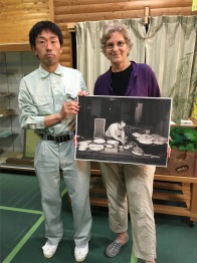
Learning about Minami from Mr. Furukawa

Moriyama fireflies were sent to the Emperor as gifts

Minami searchs for firefly larvae and their food
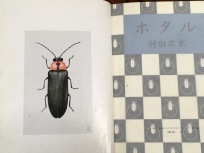
Minami’s book describing life cycle and rearing of Japanese fireflies

Moriyama’s Firefly Trail

Display of origami fireflies

How to fold an origami firefly

Moriyama has firefly art on its sewer covers
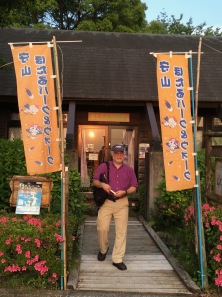
My husband at Moriyama’s Firefly Institute

